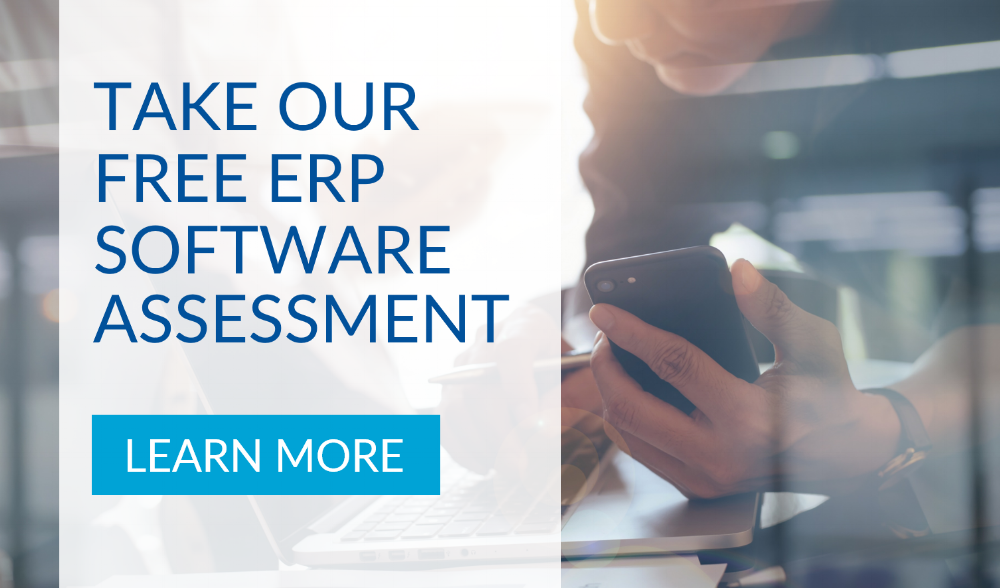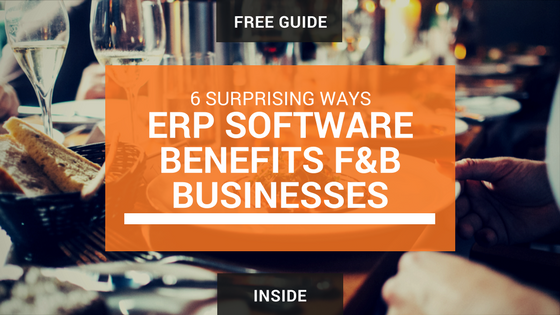As the project manager for your organisation's ERP implementation project, possessing the relevant subject matter knowledge is only one of the necessary factors for ensuring that the project comes to a successful conclusion.
You'd also need to manage the expectations of people at all levels within your organisation - management, affected employees, vendors and other stakeholders included - especially considering the disruption to their day-to-day work that an implementation project can cause.
To improve the chances of success for your ERP implementation project, you'll have to put in place an effective change management strategy. This includes comprehensive communication strategies, stakeholder engagement and end-user training.
But for your strategy to be effective, you need to be aware of cognitive biases which can influence the way people react to big changes. Everyone harbours these cognitive biases, including everyone in your organisation and even yourself.
Therefore, you should keep an eye out to identify any signs of cognitive biases in others and yourself, and account for them respectively in your change management processes.
What Are Cognitive Biases, And What Are Some Examples Of Them?

Cognitive bias reflects a “collection of faulty ways of thinking that is apparently hardwired into the human brain”.
In order to make quicker decisions, our minds take mental shortcuts, and make assumptions. This isn’t inherently an issue, but it matters when we want to solve a problem we haven’t encountered before. Our brain will collate any previous experience that seems relevant, and make sense of the situation even in the absence of evidence.
It’s one of the reasons you commit logical fallacies, i.e. an error in a logical argument. You make the wrong assumption based on cognitive bias and thus come to the wrong conclusion.
There are more than 100 listed types of cognitive bias that can affect us in different areas of life. Here are four examples of cognitive bias that can affect us at work:
1. Anchoring Bias, i.e. A Resistance To Change
Anchoring refers to the tendency to cling on to (or ‘anchor’) a current assessment based on past information.
For instance, if your stakeholder keeps referring to ‘horror stories’ in ERP implementation as the reason for delaying the investment in ERP, they might have an anchoring bias. A 'horror story', even if they heard it 10 years ago, sticks in their minds.
To them, ERP implementation challenges stay constant, regardless of the software version or the brand name. This resistance to change causes them to be closed off to the idea of ERP completely.
2. Sunk Cost Effect in Business Change

This is a common problem with projects that you’ve spent a lot of time and effort on. You’re unwilling to make changes or give up on it, even if it’s been causing problems aplenty.
For example, end-users might be opposed to replacing legacy systems due to their long familiarity with the system. After you’ve spent 10 years learning the tricks and shortcuts to one system, it can be daunting to accept a replacement, even if it makes your job easier in the long run. This adds to difficulties in ERP implementation, as the process includes user feedback during beta-testing.
In this scenario, it is important to identify that unwillingness to change as a manifestation of the sunk cost effect.
3. Selective Perception
Selective perception refers to the tendency of individuals to process information in a way that reinforces their existing beliefs, focusing on supportive details while ignoring contradictory ones. This something that affects everyone, especially if you work in a siloed office environment.
For example, your IT department might resist the prospect of bringing in an external vendor to integrate a business software used by your organisation into the ERP system being implemented.
This is especially likely if the system was developed in-house by the same department, which may then see the project as a threat to their ownership over the system they developed.
4. Availability or Recency Biases

How often have you found yourself making decisions based on the last thing that happened?
Our most recent (or the most recently available memory), can affect our current assessment of a new, unrelated situation. This availability or recency biases often rears its head when it comes to interdepartmental issues.
For example, if the ERP implementation project is intended to replace your organisation's legacy ERP software, there may be those in the organisation who remember what went wrong in the previous implementation. They might assume that the same thing will happen again, and raise objections to the disruption they believe this will cause to their workflow yet again.
Accounting For Cognitive Bias In Your Change Management Strategy

Project managers need to mitigate the risk of letting cognitive bias ruin their ERP implementation. A change management strategy that doesn’t include a plan to tackle instances of cognitive bias will not be executed properly.
- To counter anchoring bias, differentiate your organisation or process from their prior reference. Explain the changes or differences between the “horror stories” and your organisation. Or, you could add a disclaimer about the change that have been made to the ERP to address the "horror story" they’re referring to since then.
- Counter sunk-cost effect by communicating the benefits of changing to an ERP solution sooner than later. You could also showcase their contributions in making the original legacy system user-friendly, helping them understand that every solution gets better with customisation and time.
- Set up strict assessment processes in advance to counter selective perception Provide excess time for user testing, and don’t allow for go-live without empirical data. This will help negate some ERP implementation challenges.
- Keep a note of recent events. It might be necessary to devote extra time to convince certain departments to use your new ERP.
Overcoming The Impact Of Cognitive Bias on Your ERP Implementation
As SMEs around the world implement ERP solutions, they are bound to encounter difficulties in their implementation projects. Regardless, it is important to maximise the chances of success through an effective change management strategy.
Everyone has cognitive biases, and in a large group, it is risky to ignore them all. The aim is to minimise risks as possible before starting an ERP implementation project. Recognising and accounting for cognitive biases will help to reduce resistance from different departments within the organisation.
Identifying and accounting for cognitive bias has shown to have a positive impact in minimising the risk of failure. With the implementation of stringent policies and data-driven processes, businesses can work to reduce the difficulties faced in their ERP implementation projects.
That said, identifying the cognitive biases in yourself and other is only one factor that determines the success of your ERP implementation project. To get a better idea of whether your organisation is ready to undertake the implementation, take our Free ERP Software Assessment below.




